How companion care supports seniors with sensory impairments
Enhancing Lives Through Compassionate Support

Understanding the Critical Role of Companion Care in Sensory Impairments
As the population ages, many seniors experience sensory impairments such as vision and hearing loss, which can profoundly impact their safety, communication, and overall quality of life. Companion care provides essential services tailored to address these challenges, promoting independence and emotional well-being. This article explores how compassionate, multidisciplinary approaches within senior home care support seniors with sensory impairments, ensuring they remain active, safe, and engaged in their daily lives.
Holistic Interventions for Sensory Challenges
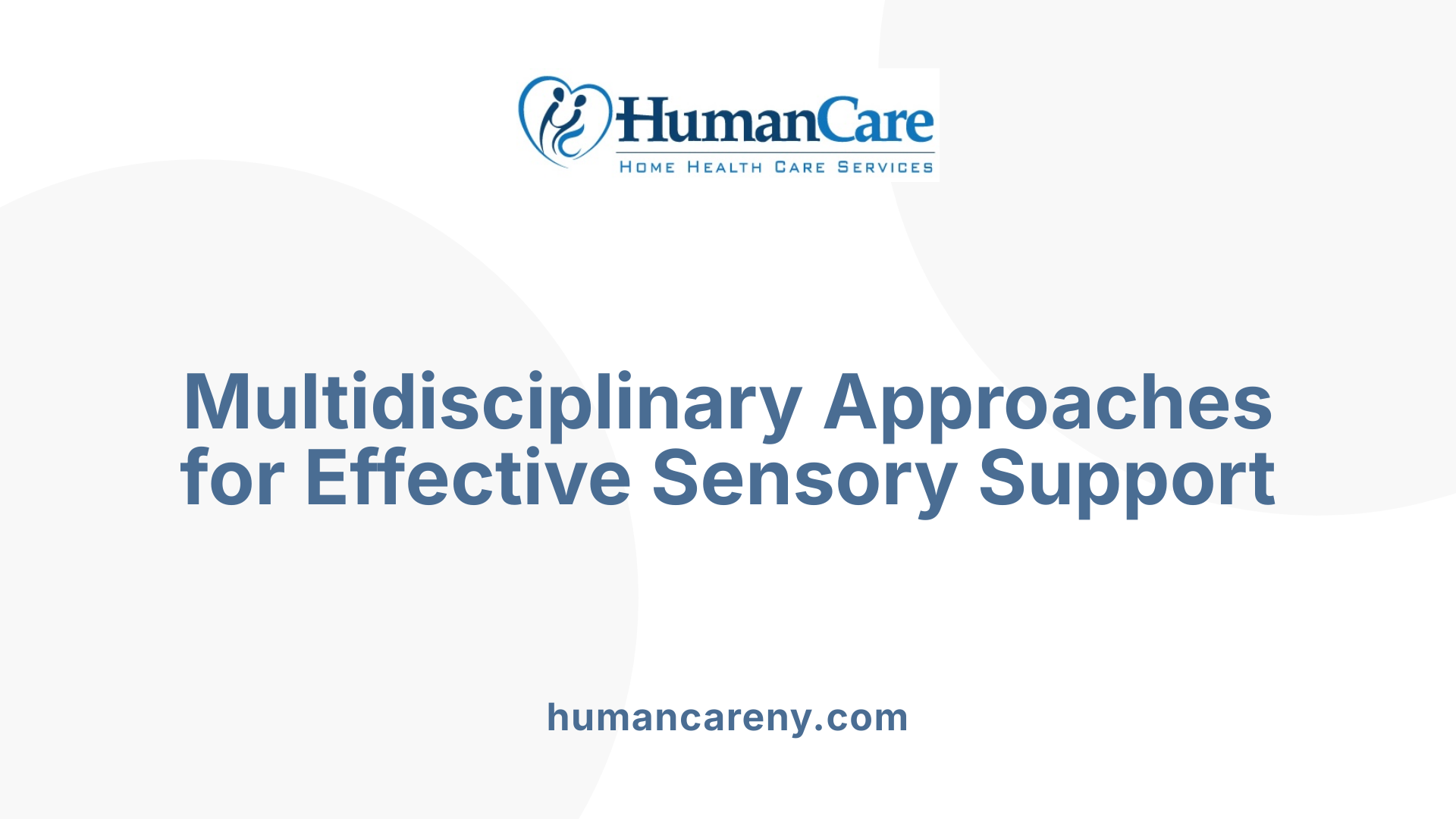
How do multidisciplinary approaches support older adults with sensory impairments?
Addressing sensory impairments in seniors requires a combination of strategies involving healthcare professionals, community programs, and caregiver support. These interventions include assistive technologies like digital hearing aids, voice-activated software, magnifiers, and adaptive lighting, which significantly boost independence and improve communication.
Implementing these technologies often involves a team of specialists, including audiologists, ophthalmologists, and occupational therapists. They work together to ensure that devices are suitable, correctly fitted, and effectively used. Despite their benefits, barriers such as cost, stigma, difficulty adjusting to devices, and a general lack of awareness can hinder adoption.
Beyond technology, exercise and cognitive strategies play vital roles. Physical activity helps enhance overall health, reduce fall risks, and foster social engagement, which is crucial in managing sensory impairments. Cognitive training can help mitigate associated risks of cognitive decline or dementia.
Community-based programs like peer support groups, educational initiatives for caregivers, and home exercise routines create supportive environments for older adults. Preventive home visit screenings are an effective way to detect impairments early, allowing timely intervention.
Furthermore, optimizing living environments enhances safety and usability. Well-lit spaces with bright, non-glare lighting, contrasting colors for objects and pathways, and tactile feedback tools like textured mats help seniors navigate their homes safely. Assistive devices tailored for vision or hearing—such as large-print materials, visual alarms, or vibrating alert systems—further support independence.
In addition to physical adjustments, effective communication techniques are essential. Maintaining eye contact, speaking clearly, and using gestures foster better understanding and reduce frustration. Emotional and social support from caregivers and companions alleviates feelings of isolation and encourages participation in activities that promote mental well-being.
Overall, a comprehensive, multidisciplinary approach that combines technology, environmental adaptations, community engagement, and emotional support can improve quality of life for older adults with sensory challenges. These efforts help reduce falls, maintain functional ability, and promote active, safe living environments.
| Intervention Type | Examples | Benefits |
|---|---|---|
| Assistive Technologies | Hearing aids, magnifiers, adaptive lighting | Enhance communication, increase independence |
| Physical & Cognitive Exercises | Balance training, mental puzzles | Improve physical health and cognitive function |
| Environmental Modifications | Bright lighting, contrasting colors, tactile cues | Safer navigation, reduced accidents |
| Community Support | Peer groups, caregiver education, screening programs | Early detection, emotional well-being |
| Communication Strategies | Clear speech, facial cues, patience | Better understanding, reduced frustration |
Careful integration of these strategies, supported by the human touch of caregivers and technology, creates a holistic environment that empowers seniors to live comfortably and safely despite sensory impairments.
Early Detection and Technological Support

What are the benefits of companion care for seniors with sensory impairments?
Companion care offers many advantages for older adults experiencing sensory challenges. One significant benefit is improved safety. Caregivers help identify hazards in the home, such as poor lighting or tripping risks, and provide support during daily activities. This reduces the risk of falls and accidents, ensuring a safer environment.
Communication is another area where companion care makes a difference. For seniors with hearing or vision impairments, companions assist by using effective communication techniques like facing the person while speaking, using gestures, and employing hearing aids or visual signals. These strategies help seniors understand and feel more connected.
Emotional and social well-being also see improvements. Regular visits and meaningful interactions combat loneliness and social isolation. Companions engage seniors in conversations, story-sharing, and recreational activities tailored to their abilities, boosting mood and mental health.
In addition, companion caregivers can support routine management, from medication reminders to transportation. They assist with grocery shopping, appointments, and mobility exercises, fostering independence. This customized support helps seniors maintain their dignity and quality of life despite sensory impairments.
Overall, companion care not only addresses safety and communication but also enhances emotional health. It encourages a sense of security and belonging, allowing seniors with sensory impairments to live more comfortably and confidently at home.
What is the role of screening and early identification?
Screening and early detection are crucial in managing sensory impairments among older adults. Preventive measures, such as home visit screenings, help identify issues before they worsen. Early intervention allows for timely use of assistive technologies and personalized interventions, which can slow down progression and improve functional independence.
What assistive technologies are available for those with hearing or vision loss?
Assistive devices play a vital role in supporting seniors with sensory impairments. For hearing loss, digital hearing aids and alert devices that use visual, vibrating, or combined signals enhance communication and safety. Visual aids like magnifiers and large-print materials help those with vision problems read and navigate home environments better.
In addition, adaptive lighting with bright, non-glare features and contrasting colors in the home improve visual acuity and reduce accidents. These technologies make daily life more manageable and promote independence.
| Technology Type | Examples | Benefits |
|---|---|---|
| Hearing aids | Digital hearing aids, alert systems | Improved hearing and safety |
| Visual aids | Magnifiers, large-print materials | Better reading and navigation |
| Lighting & Colors | Adaptive lighting, contrasting colors | Safer environments |
Adapting the Environment for Safer Living Spaces

What strategies are used in companion care to assist seniors with sensory impairments?
In companion care, creating a safe and accessible environment is essential for supporting seniors with sensory challenges. One fundamental strategy involves improving lighting conditions by installing bright, non-glare lighting that helps seniors see better and reduces the risk of accidents.
Using contrasting colors in home settings is another effective method. Bright, contrasting hues on walls, furniture, and everyday objects help individuals distinguish items easily, making navigation safer and everyday tasks less confusing.
Caregivers also focus on reducing clutter and removing hazards like loose rugs or electrical cords that could cause trips or falls. Keeping spaces organized and free from obstacles is vital for safety.
In addition to environmental modifications, the use of assistive devices such as hearing aids, magnifiers, amplified phones, and adaptive lighting solutions can enhance sensory perception and communication.
Communication techniques are adapted as well, including speaking clearly, facing the senior during conversations, and using gestures or written cues to improve understanding and reassurance.
Creating sensory-friendly spaces involves incorporating calming stimuli like soft textures, visual cues, and soothing sounds, which help prevent sensory overload and promote emotional well-being.
To ensure holistic care, collaboration among healthcare professionals, community programs, and support groups is vital. This teamwork helps develop personalized interventions that foster independence and social engagement for seniors facing sensory impairments.
By combining environmental modifications with tailored support strategies, companion care significantly improves safety, sensory functioning, and overall quality of life for older adults.
Supportive Technologies and Assistive Devices
What types of support does companion care provide for seniors with vision and hearing impairments?
Companion care plays a vital role in supporting seniors facing vision and hearing challenges. These caregivers work closely with older adults to promote safety, effective communication, and independence in daily life.
Firstly, they help modify living environments by incorporating features such as enhanced lighting, contrasting colors, and safety devices like textured mats to prevent falls and aid navigation. Proper lighting and color contrast make it easier for seniors to see and distinguish objects.
In addition, caregivers assist with daily tasks by establishing clear, slow communication strategies. They face the senior while speaking, use facial expressions, gestures, and tactile signals to ensure understanding. The use of assistive devices—including magnifiers and hearing aids—is often recommended and supported to maximize sensory input.
Companion care also involves helping seniors schedule and attend medical appointments such as hearing tests or vision assessments to prevent further deterioration. Caregivers may also educate seniors and their families on the use and maintenance of assistive technologies, to foster confidence and effective use.
Beyond physical adjustments and device support, companionship provides emotional and social reassurance. Caregivers engage seniors in conversations and activities suited to their sensory abilities, helping to reduce feelings of isolation.
By advocating for suitable technological solutions and promoting adaptive strategies, companion care aims to uphold seniors’ dignity, improve safety, and enhance overall quality of life, allowing them to live more comfortably and independently despite sensory impairments.
Below is a summary table illustrating the various support strategies and devices used:
| Support Strategy | Examples of Tools/Techniques | Purpose/Benefit |
|---|---|---|
| Environmental modifications | Improved lighting, high-contrast markings | Better visibility and safer navigation |
| Communication assistance | Clear speech, facial orientation, gestures, tactile cues | Stronger understanding and interaction |
| Use of assistive devices | Magnifiers, digital hearing aids, alert systems | Enhanced perception and safety |
| Medical and technical support | Scheduling vision/hearing assessments, device maintenance | Prevents deterioration, optimizes device use |
| Social engagement and education | Training on device use, social activities | Maintains dignity, psychological well-being |
By combining these tools and strategies, companion care can significantly improve the daily lives of seniors with sensory impairments, empowering them to remain active and engaged.
Enhancing Safety and Communication Strategies
How can safety, communication, and independence be improved for seniors with sensory impairments?
Improving safety and communication for older adults with sensory impairments involves a combination of environmental adjustments, assistive technologies, and personalized care approaches. Simple modifications like installing brighter, glare-free lighting and using contrasting colors help seniors see better and avoid accidents. An organized, clutter-free living space also reduces tripping hazards, supporting safer movement.
Assistive devices play a vital role. For those with vision loss, magnifiers, large-print materials, and screen readers make reading and navigation easier. For hearing impairments, digital hearing aids, alert systems with visual signals, and amplified telephones improve communication and safety. Visual alarms and vibrating alert devices can alert seniors to emergencies without relying solely on sound.
Developing individualized care plans is essential. Training caregivers on effective communication techniques—such as speaking clearly, facing the senior, and using gestures—improves interactions. Using written procedures or summaries can help non-verbal or hearing-impaired seniors understand routines.
Creating sensory-friendly environments involves more than technology. Sign language interpreters and visual cues in healthcare settings ensure clarity and respect cultural preferences. Regular reassessment of these adaptations ensures they continue to meet changing needs.
Ongoing evaluation and personalized strategies support seniors’ independence and safety, allowing them to live with confidence and dignity despite sensory challenges. Collaboration among healthcare professionals, caregivers, and families maximizes positive outcomes.
Implementing comprehensive safety and communication measures can significantly reduce risks, foster social engagement, and promote a high quality of life for seniors with sensory impairments.
Management Techniques for Sensory Changes

What are some care techniques to manage and adapt to sensory changes in seniors?
Managing sensory changes in older adults involves a combination of assistive technologies, environmental modifications, and community support. A multidisciplinary team—including audiologists, ophthalmologists, occupational therapists, and caregivers—works together to provide comprehensive care.
Assistive devices such as digital hearing aids, large-print materials, magnifiers, and adaptive lighting significantly improve communication and navigation. For example, well-lit, well-contrasted environments with bright, non-glare lighting help seniors see better and avoid accidents. Using contrasting colors in objects and pathways makes them easily distinguishable.
Creating sensory-friendly environments plays a crucial role. This includes reducing background noise, minimizing distractions, and implementing tactile aids like textured mats and grips to support touch sensitivities. Incorporating sensory aids such as visual alarms, vibrating alerts, and screen readers can enhance safety and independence.
Community programs offer valuable support, such as peer groups, exercise classes tailored for seniors, and caregiver education initiatives. Regular screening, including preventive home visits, allows for early detection and timely intervention of sensory impairments.
Personalized interventions, like sensory diets and multisensory environments, help maintain cognitive function and emotional health. These holistic strategies encourage older adults to stay active, connected, and safe, ultimately preserving quality of life despite sensory challenges.
Role of Senior Home Care in Sensory Support

What role do senior home care services play in supporting individuals with sensory impairments?
Senior home care services are essential in helping older adults manage sensory impairments, such as vision and hearing loss. These services offer personalized assistance in familiar environments, making daily living safer and more comfortable.
A primary focus is on providing tailored support strategies. Caregivers may teach effective communication techniques—like speaking clearly and using facial cues—to improve understanding. They also assist with the use of assistive devices, such as hearing aids, magnifiers, and adaptive lighting, ensuring seniors can use them confidently.
Home modifications are a crucial part of sensory support. Caregivers help implement changes like installing bright, glare-free lighting and contrasting colors in home environments to enhance visibility. They may also organize living spaces to reduce tripping hazards, making homes safer for those with vision or mobility challenges.
Supporting daily activities is another vital role. Assistance with meal preparation, safe mobility, and transportation ensures seniors remain independent while reducing risks related to sensory impairments.
Coordination with healthcare professionals is vital for holistic care. Caregivers liaise with audiologists, ophthalmologists, and other specialists to ensure a comprehensive approach to managing sensory conditions.
These combined efforts help reduce the likelihood of falls, promote social interaction, and enhance overall well-being. By creating a safe, accessible environment and providing ongoing support, senior home care services help older adults adapt effectively to their sensory limitations.
| Aspect | Support Provided | Additional Details |
|---|---|---|
| Personalized Assistance | Communication, device use | Tailored teaching and emotional support |
| Environmental Modifications | Lighting, contrast, safety | Prevent falls and improve visibility |
| Daily Tasks Support | Meals, mobility, errands | Maintains independence and daily function |
| Healthcare Coordination | Specialist involvement | Ensures comprehensive, multidisciplinary care |
Through these measures, senior home care plays a vital role in improving safety, social participation, and quality of life for seniors with sensory impairments.
Supporting Independence and Well-Being Through Compassionate Care
Companion care plays an essential role in helping seniors with sensory impairments lead safer, more connected, and fulfilling lives. Through tailored environmental modifications, assistive technologies, and empathetic communication, caregivers improve safety, promote independence, and strengthen emotional well-being. The integration of multidisciplinary approaches, including early screening and community resources, ensures comprehensive support that adapts to the evolving needs of seniors. As part of senior home care services, compassionate companion care empowers older adults to navigate their sensory challenges with dignity and confidence, significantly enhancing their quality of life.
References
- Adaptable Strategies for Managing Sensory Impairments in ...
- Caretaker Strategies for Managing Sensory Changes in ...
- How Does Senior Home Care Help People with Vision or ...
- Caring for Seniors with Sensory Impairments: Adapting ...
- Social and Emotional Benefits of Companion Care Services
- Adaptable Strategies for Managing Sensory Impairments in ...
- Caretaker Strategies for Managing Sensory Changes in ...
- Comprehensive Strategies for Enhancing Quality of Life in ...
- Adaptable Strategies for Managing Sensory Impairments in ...
- Caretaker Strategies for Managing Sensory Changes in ...



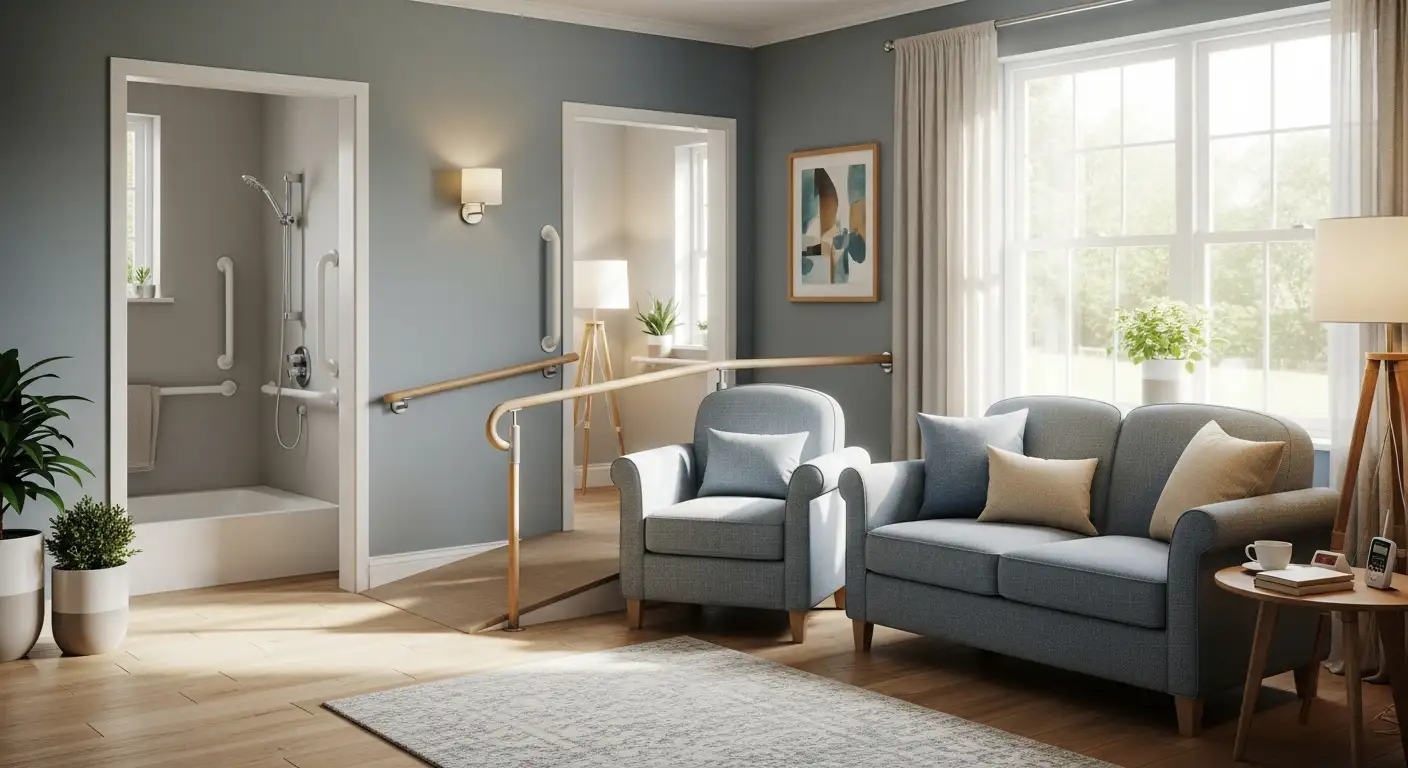

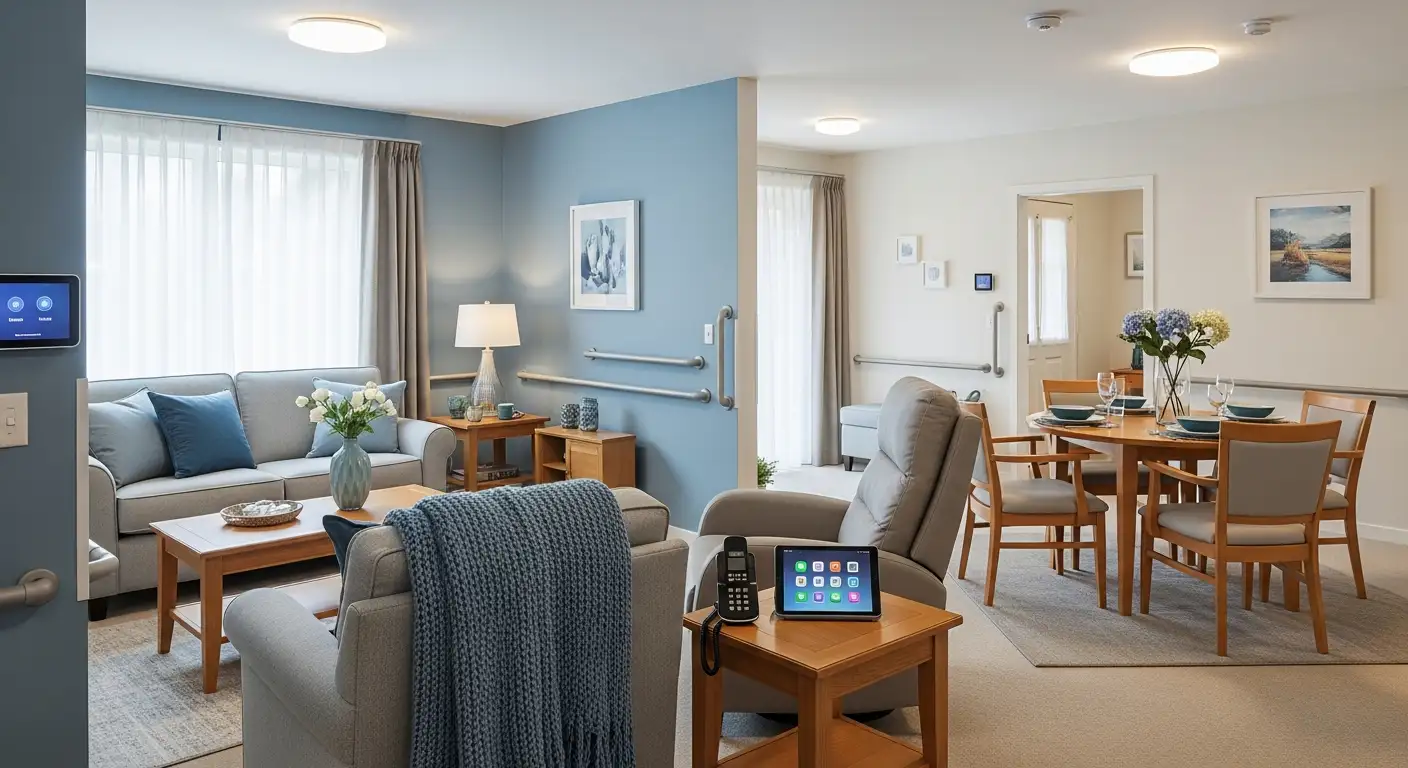



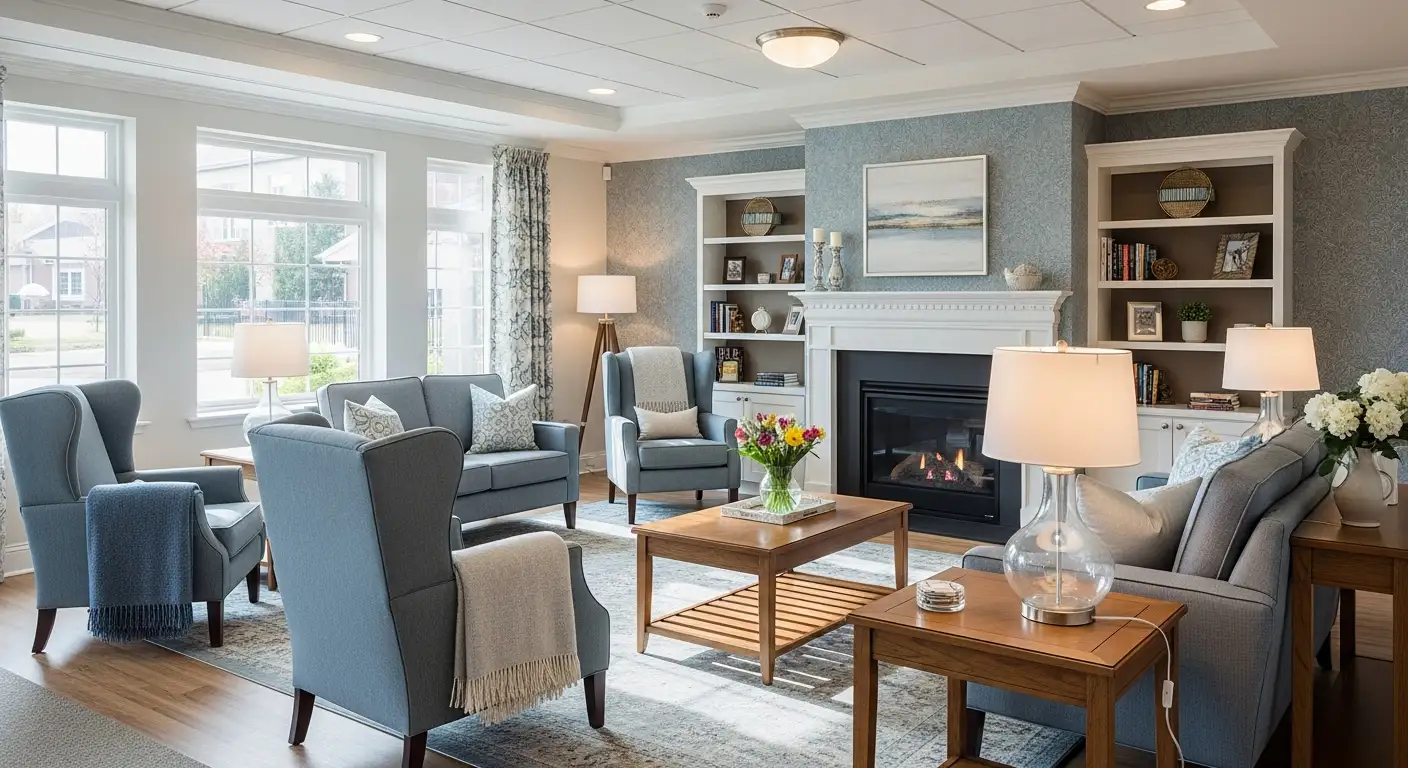



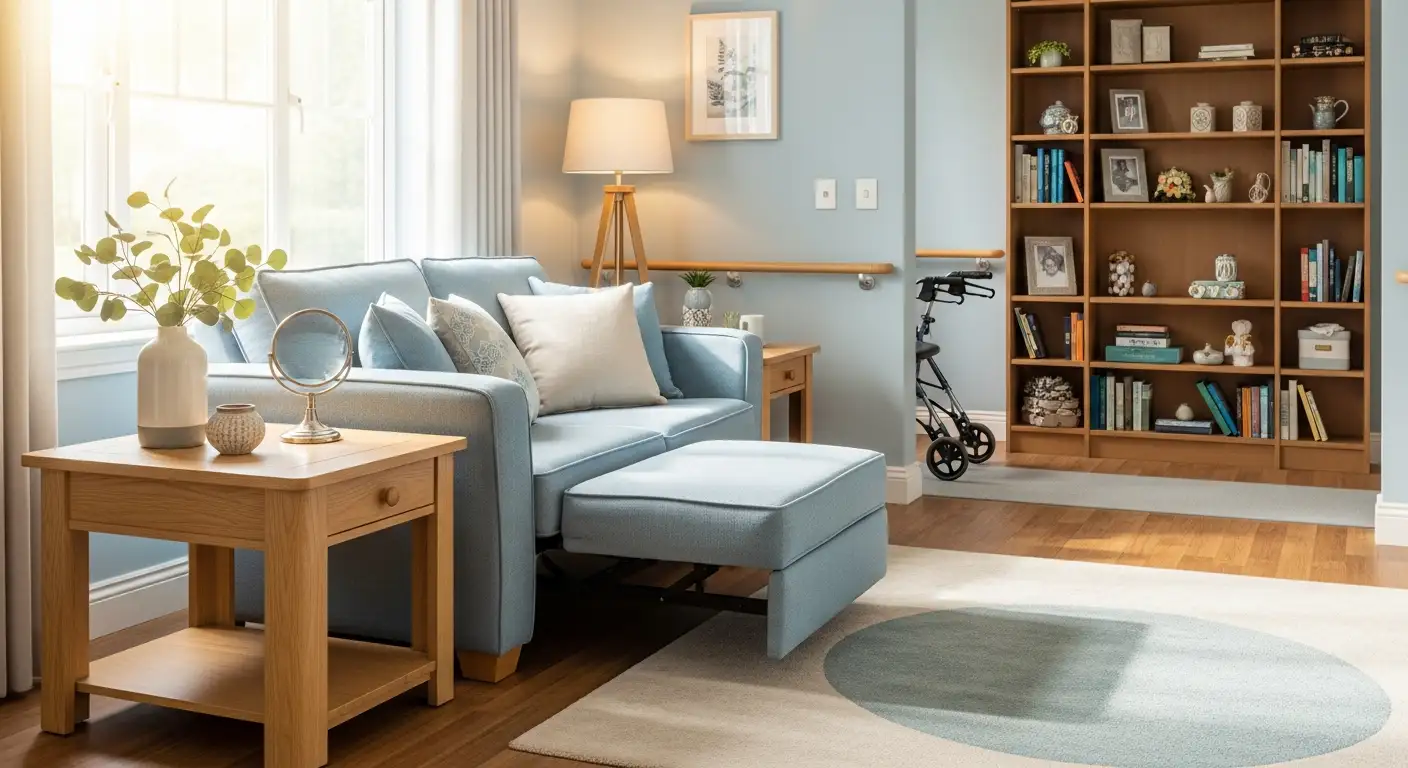

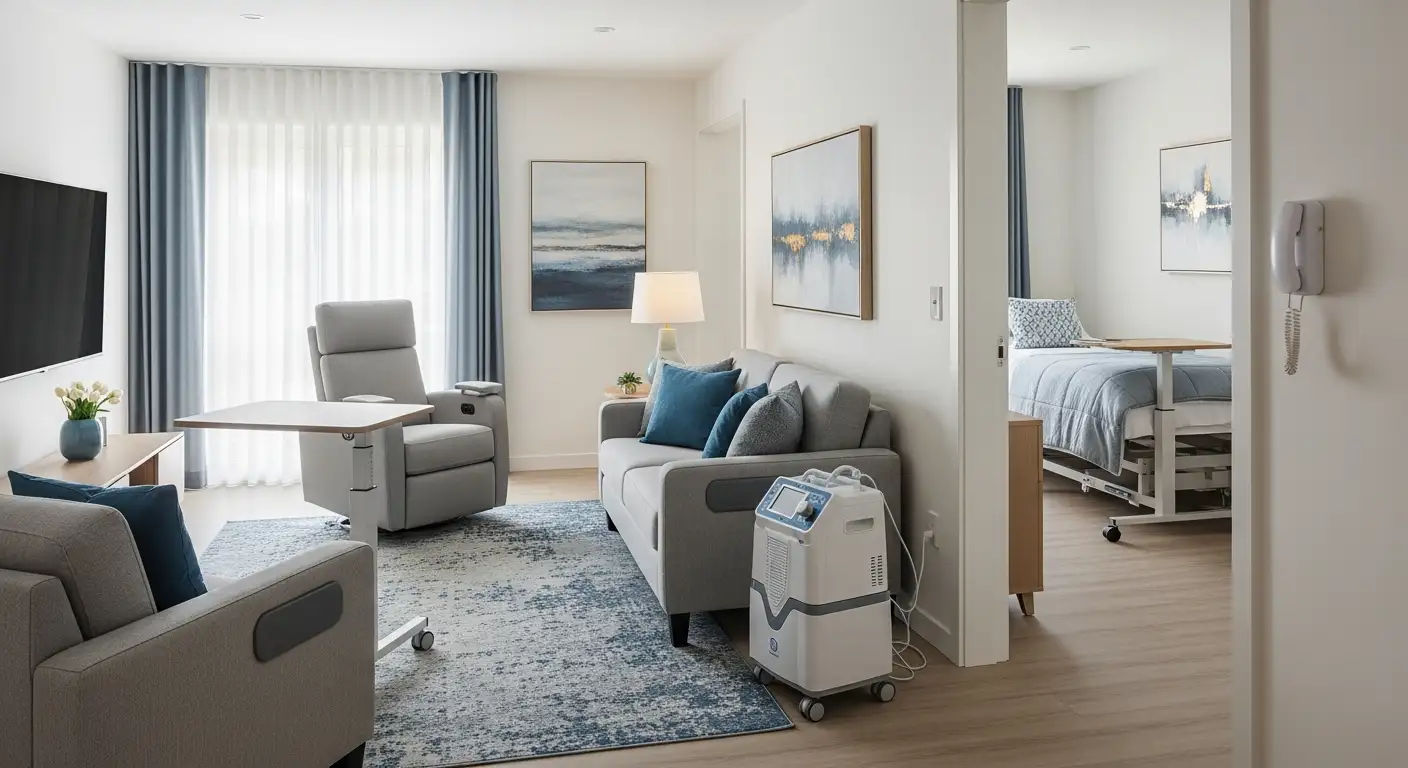


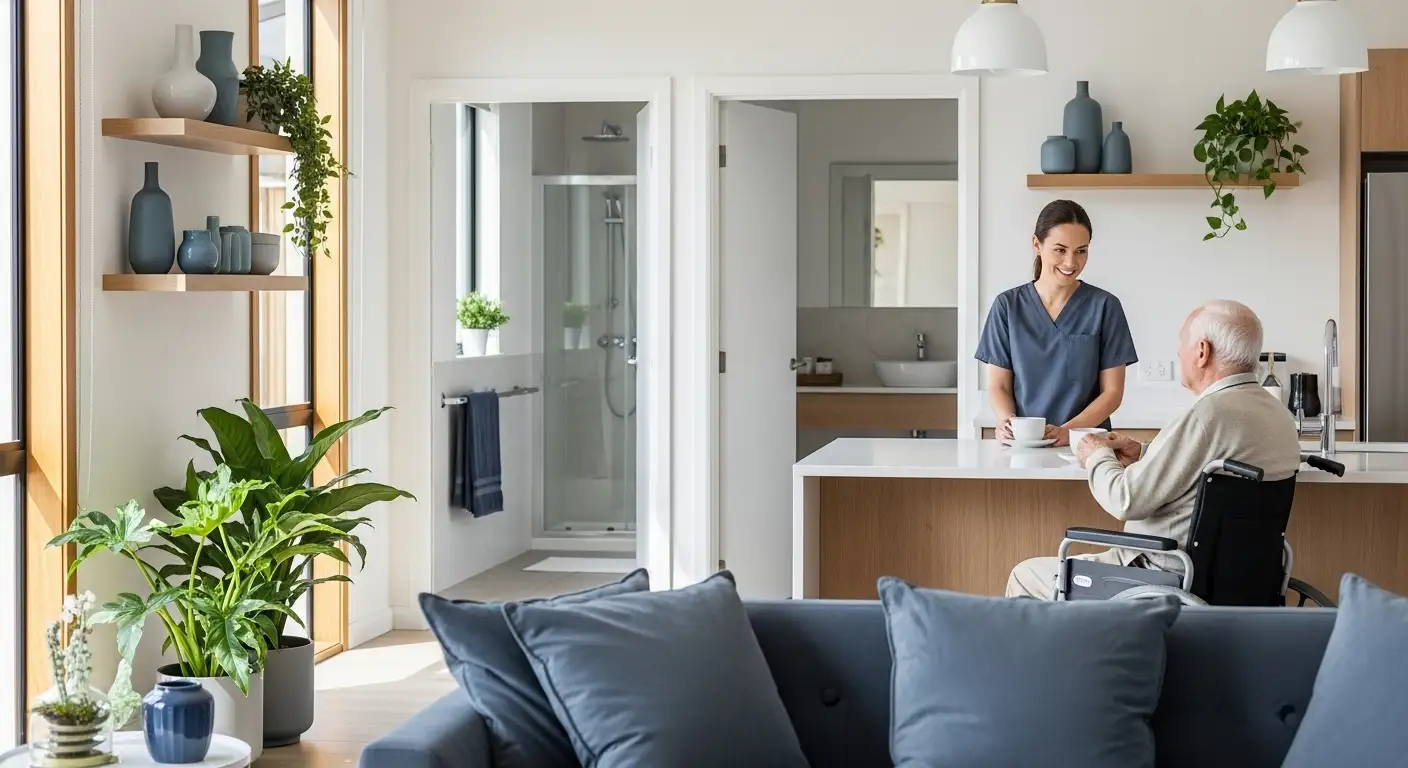







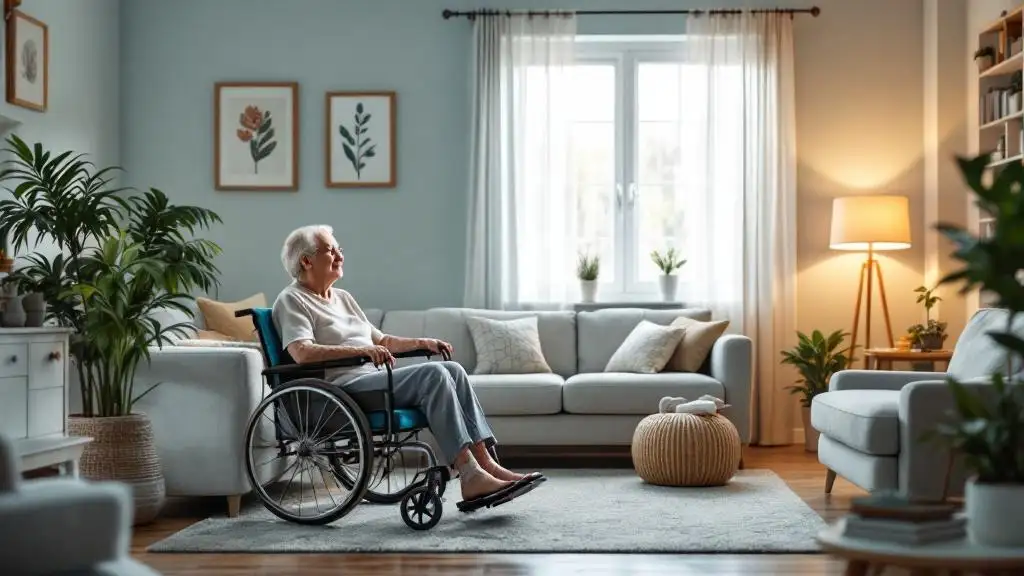





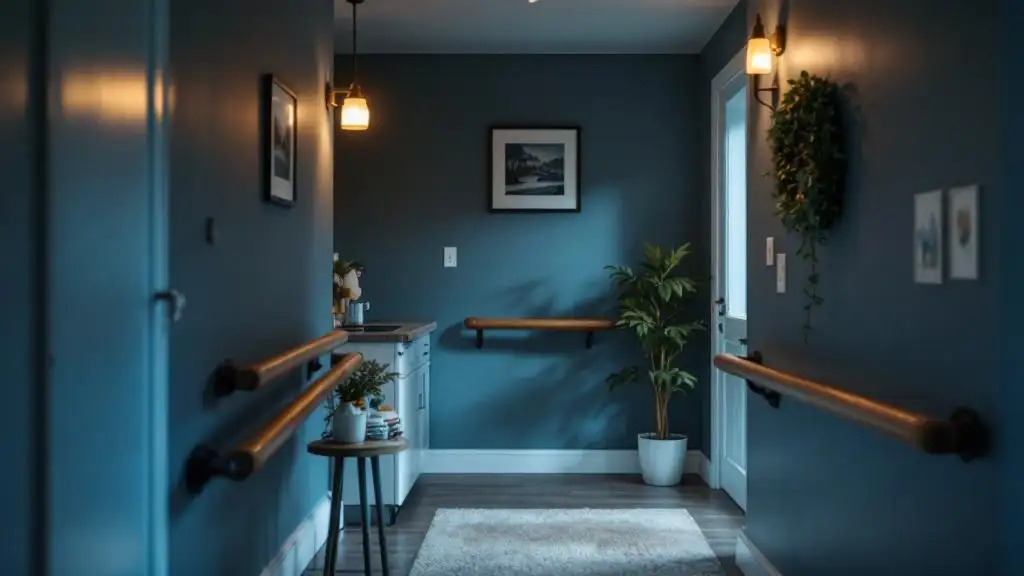

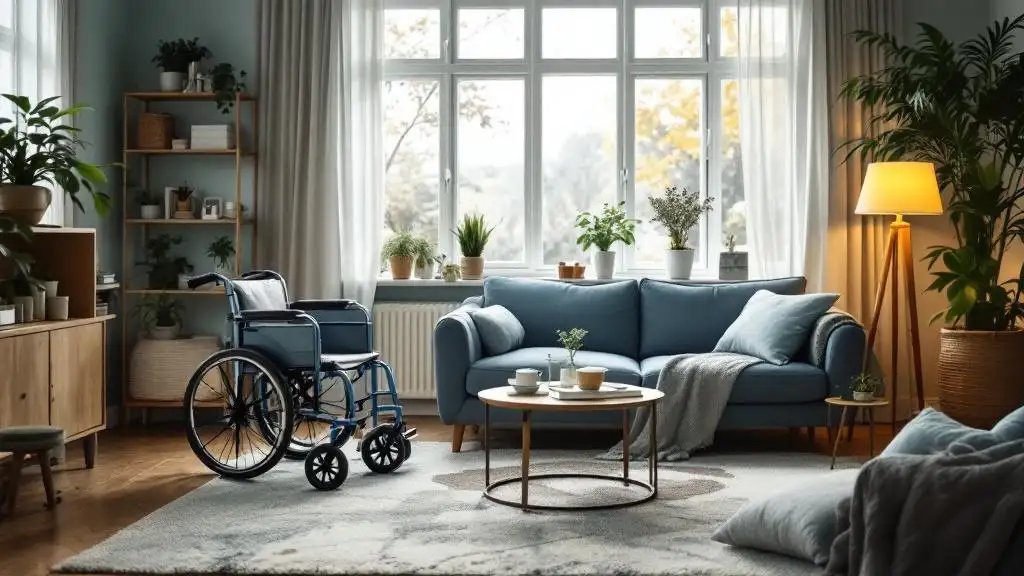










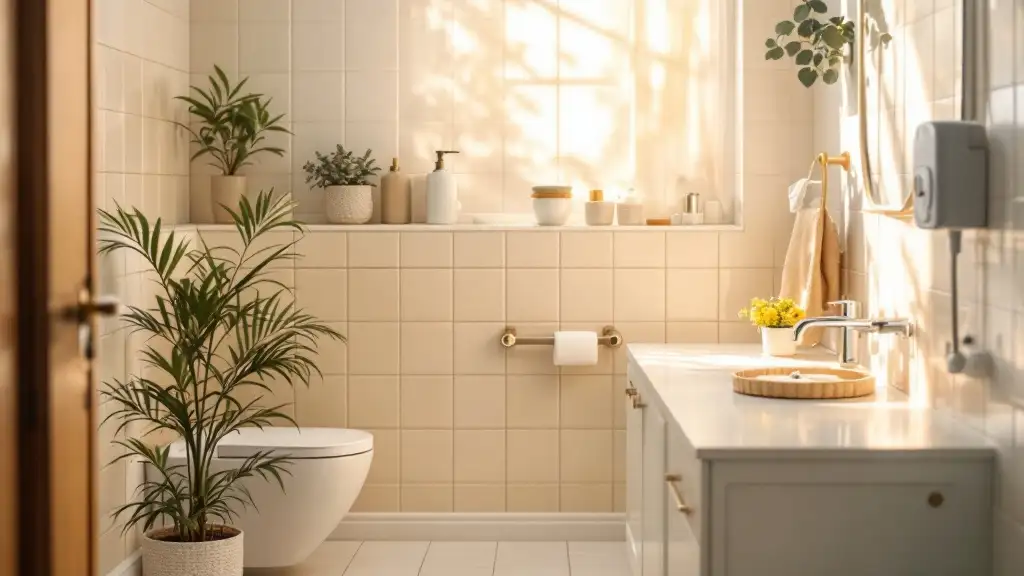


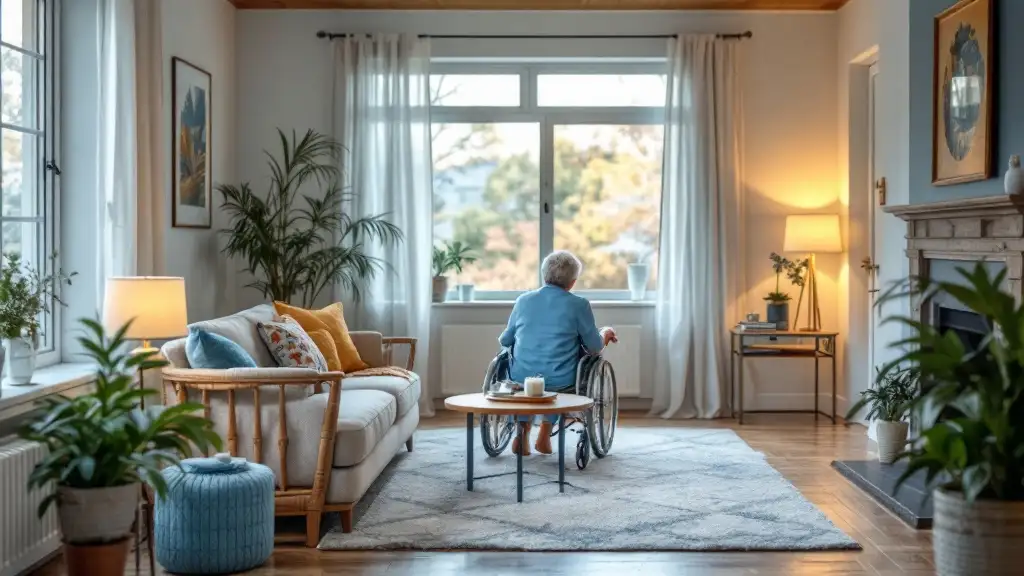

































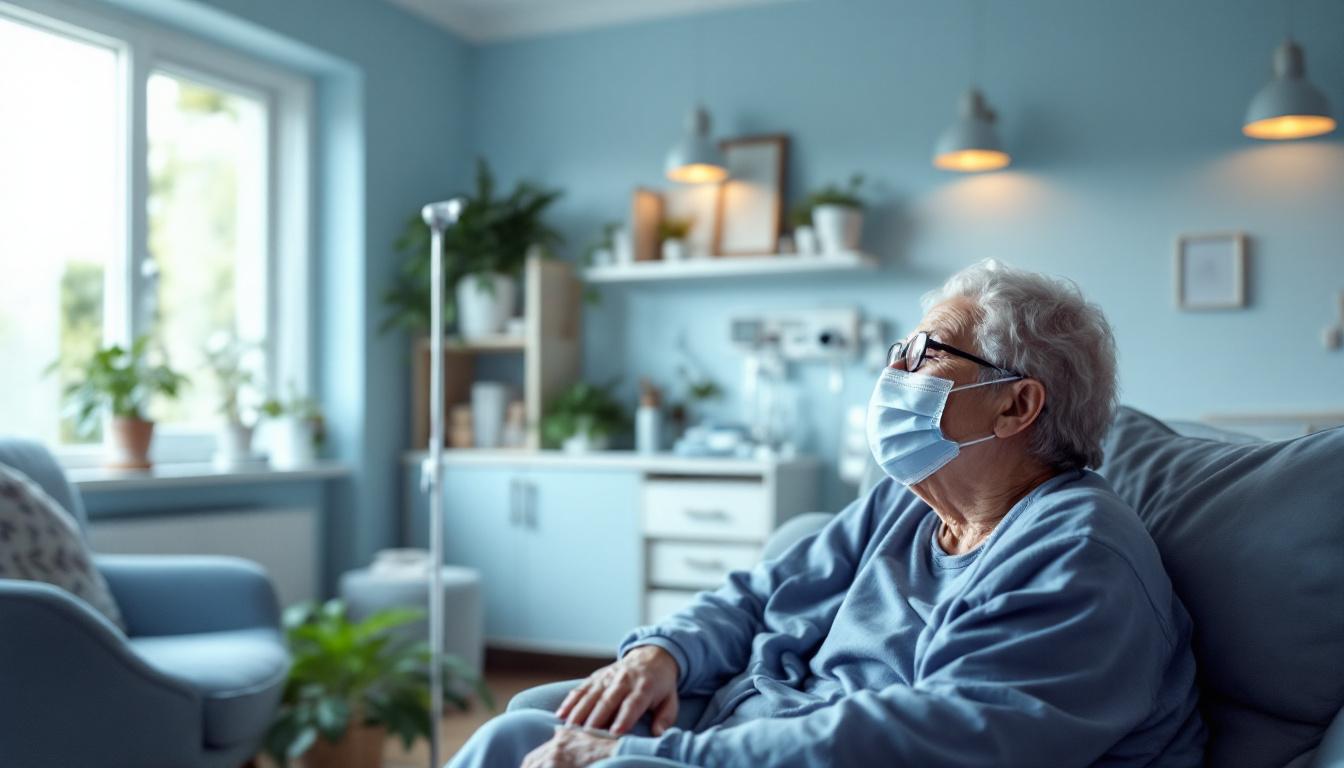















.avif)
